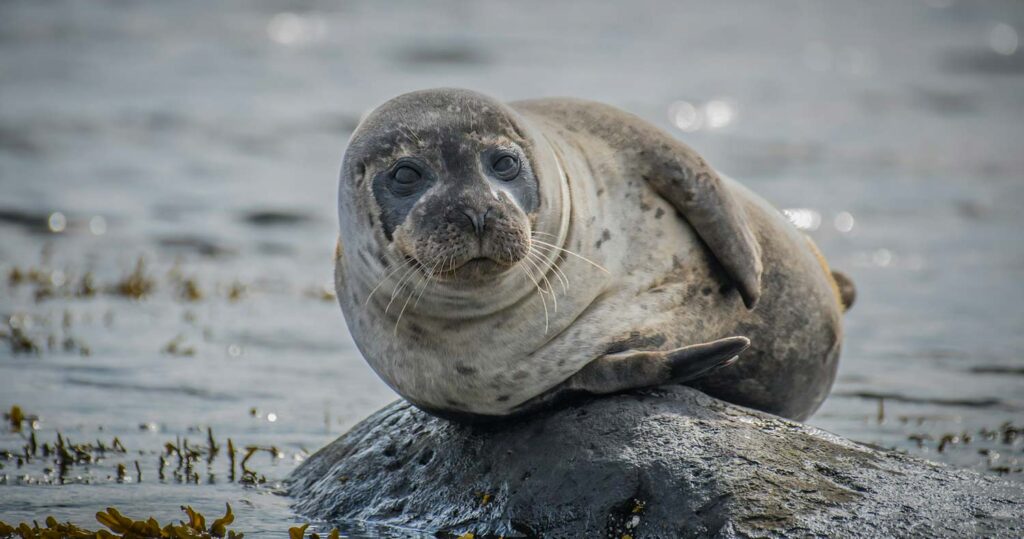When you’re out kayaking, seals might seem like curious companions. From a distance, they appear playful, gliding through the water or basking on the rocks. But if you’re wondering if these marine mammals can get aggressive towards kayakers, you’re not alone in that thought.
Seals and Their Natural Behavior
Seals, like any wild animal, have unpredictable behaviors, especially if they feel threatened or are defending their territory. If you paddle too close to them or disturb their environment, you might get a reaction. It’s not that they’re constantly looking to cause trouble, but certain triggers can set them off. They’re often protective of their young or just startled by the unfamiliar sight of a kayak. Keeping your distance is one of the simplest ways to avoid any confrontation.
Guidelines for Safe Kayaking Near Seals
Some government guidelines recommend staying at least 100 feet away from seals, particularly during breeding season. This advice isn’t just for the animal’s sake but also for your safety. A frightened or territorial seal can move fast and can be powerful in the water. Their bites can be dangerous, and while they’re not typically inclined to attack humans, the possibility isn’t zero. If they feel cornered or threatened, they can act defensively. It’s important to remember that they are wild animals, not pets.
As a rule of thumb, stay at least 50 yards (150 feet) from seals. A curious seal pup might approach on its own, but the mother is likely to be nearby, and may see your interaction as a threat. No selfies with seals!
https://www.fisheries.noaa.gov/topic/marine-life-viewing-guidelines/guidelines-and-distances
Human Impact on Seal Behavior
A couple of environmental experts suggest that increased human activity in coastal waters is leading to more seal-kayaker interactions. Seals are not naturally aggressive, but disturbances—such as excessive noise or the appearance of boats—can stress them out. It’s all about boundaries.
Humans frequently interact with Pacific harbor seals (Phoca vitulina richardii) at Punta Banda Estuary, Baja California, Mexico, due to the high incidence of recreational activities people undertake there. The immediate effect of these interactions is that seals flush to the water, reducing their time on land and, probably, increasing their energy expenditure.
https://www.ncbi.nlm.nih.gov/pmc/articles/PMC9258837/
Additionally, government marine protection websites emphasize the importance of respecting seal habitats. Ignoring these regulations can not only lead to a fine but might also escalate tensions between humans and wildlife. Always check local guidelines when planning a kayaking trip in areas populated by seals. Fines or penalties are rare, but some places are cracking down on those who come too close to wildlife.
How to Avoid Problems
Not every seal encounter will be hostile, though. A few seasoned kayakers shared their experiences of being in seal territory and never having an issue. They believe that how you behave in your kayak can greatly reduce the chances of aggression. For example, moving slowly and calmly, avoiding loud noises, and not making sudden movements can help you remain unnoticed.
Another precaution to take is learning about the specific seal species in your kayaking location. For instance, grey seals tend to be more curious and sometimes bold around humans, while harbor seals might be more skittish. But no matter the species, most seals are more likely to flee than fight if given the opportunity. Some marine conservation groups say that the key is always keeping your distance. Pushing too close could lead to a defensive response. You don’t want to be the kayaker who inadvertently pushes an animal too far.
On the flip side, there’s the matter of seals jumping into kayaks, which some kayakers find exhilarating and others, terrifying. Seals are known to leap out of the water unexpectedly, sometimes landing on kayaks. While it’s usually playful behavior, this can be startling and even dangerous if the animal is large enough. In one case, a kayaker had to deal with a hefty seal that unexpectedly joined him for the ride, rocking the boat and nearly causing him to capsize.
Conclusion
In conclusion, kayaking among seals can be a memorable experience, but it’s important to understand the risks. Keeping a respectful distance, knowing the area’s wildlife regulations, and staying calm if a seal approaches are all key to ensuring that your trip remains enjoyable. Whether seals are curious, protective, or just indifferent to your presence depends a lot on your behavior and proximity to their space.

